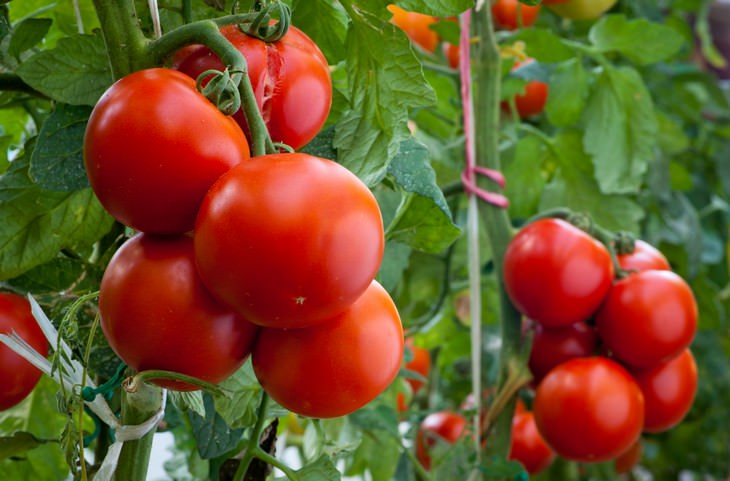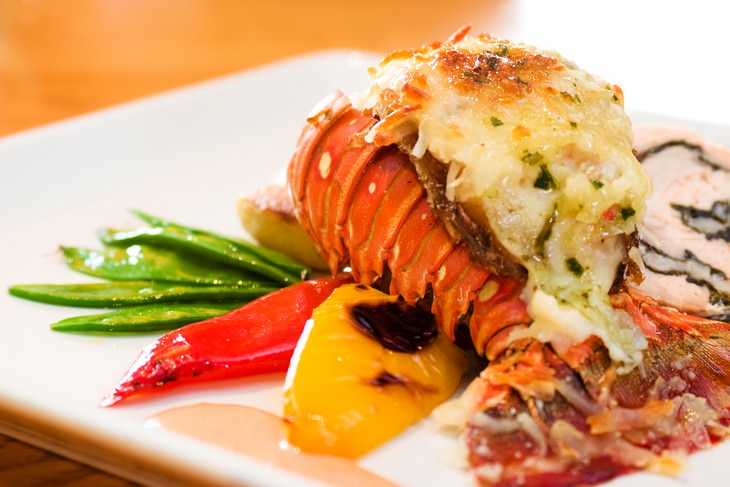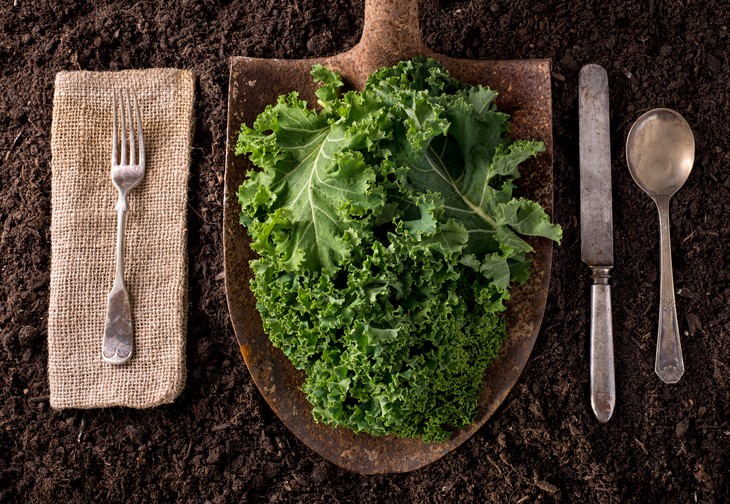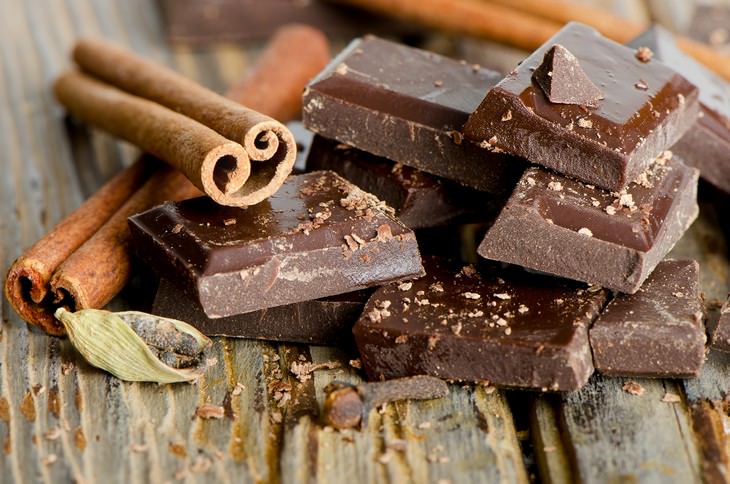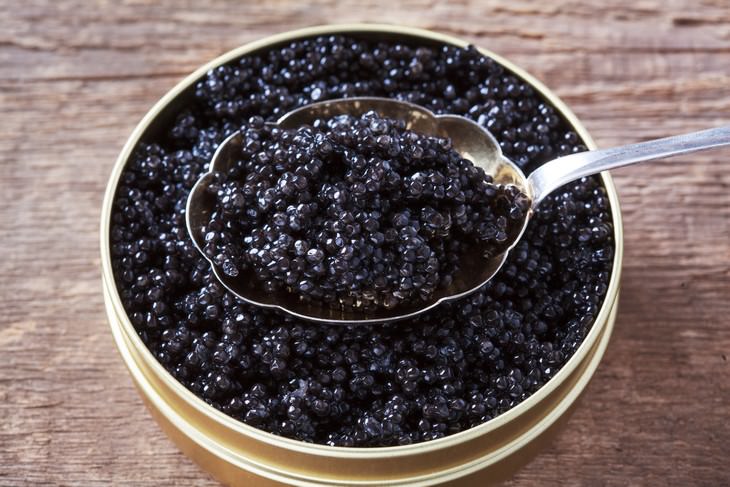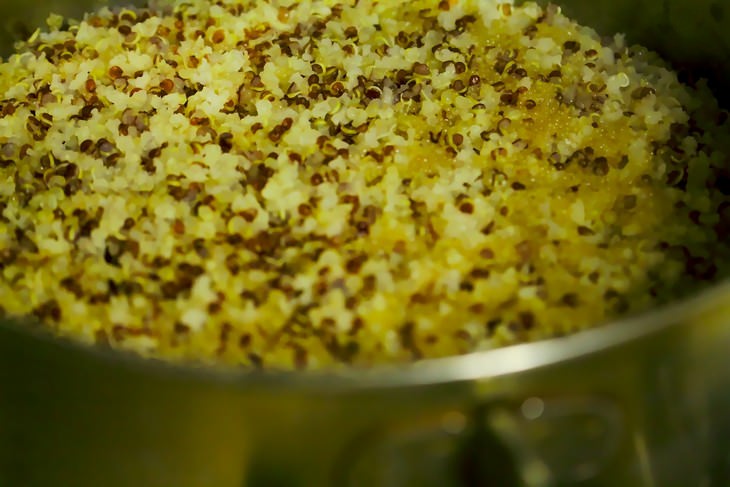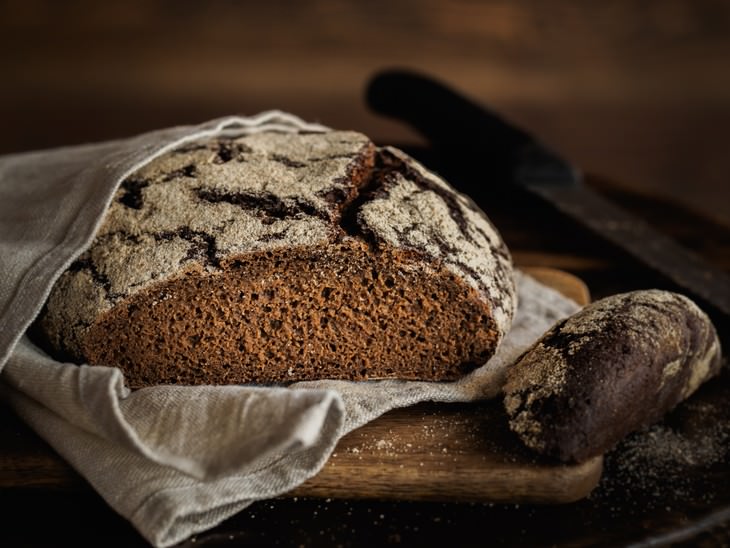1. Tomatoes
This staple vegetable was once so feared, it was nicknamed “Poison Apple”. This belief was the result of a tragic mistake. Europeans were first introduced to tomatoes in the 16th century when they were brought to the continent by explorers returning from the Americas. At that time, the wealthy ate off plates made of pewter, which is high in lead content. Foods high in acid, like tomatoes, would cause the lead to leech out into the food, resulting in lead poisoning and death. The poor, on the other hand, did not suffer from this problem as they ate from wooden plates. This is the reason tomatoes were only eaten by poor people until the 1800s.
What changed? Historians believe the mass immigration from Italy, where tomatoes were more widely accepted, and the invention of Pizza in the late 1880s changed people's attitudes towards the red veggie. Today, tomatoes are one of the most popular ingredients and are known for their various health benefits.
2. Lobster
It seems hard to believe, as lobsters enjoy a fancy reputation nowadays, but back in the day they were so universally disliked, they were fed to prisoners, slaves, and children. When the first European settlers came to North America, lobsters were so plentiful they would wash ashore in piles up to 2 feet high. Because of this abundance, they became one of the cheapest foods on the market.
So how did the shellfish go through such an image transformation? Thanks to the popularization of canned food and railroads during the 1800s. People who didn’t live by the coast could now enjoy cheap canned lobster and buy reasonably priced train tickets to coastal American cities. Fresh lobster became popular with early New England tourists, and because of this new demand, many restaurants started serving the shellfish. Prices surged by the 1880s, and by World War II lobsters were seen as a delicacy.
3. Kale
It isn’t clear exactly when and how this bitter green was discovered as a food source. Kale has been very popular in the last couple of decades, much due to its “health halo”. Not only is kale highly nutritious, but it is also so easy to grow and resistant to cold temperatures. Eating kale has been a way for people to acquire important nutrients during difficult times, like World War II.
It was largely forgotten throughout the second half of the 20th century, until its massive popularity boom in the early 2010s. Today we have the appliances and the knowledge to incorporate kale in our diets and enjoy its health benefits while disguising the bitter taste; kale chips are extremely popular, for example, as is the incorporation of kale in smoothies.
4. Chocolate
When Europeans first tasted chocolate it was in the form of a bitter drink that tasted nothing like today’s coveted candy. It didn’t suit the taste buds of foreigners in South America at all - until they discovered it could be mixed with honey or sugar cane. Sweetened raw chocolate became popular throughout Spain in the circles of the rich. Chocolate as we know it today was first manufactured in 1868.
After some experimentation, Stephen Fry discovered that he could make a moldable chocolate paste by adding melted cacao butter back into Dutch cocoa (a chocolate powder extracted from Chocolate liquor, treated with alkaline salts to remove the bitterness). Soon a little company named Cadbury started marketing boxes of chocolate candies in England, and the rest is history...
5. Caviar
Caviar has a similar story to lobsters. What is now known as a luxurious food item, was once seen as “poor people’s food” in the US due to oversupply. Henry Schacht and other entrepreneurs took advantage of this resource and stared exporting caviar to Europe. By the early 1900s, the US was the largest exporter of caviar in the world. As a result of this caviar boom, sturgeon was fished nearly to the point of extinction. The sudden shortage caused a wild jump in the price of caviar. Its scarcity made it emblematic of luxury.
6. Potatoes

It feels that potatoes have been a part of our diet since the beginning of time. In fact, they were first imported to Europe from America in the 1500s, like many other foods on the list. European adoption of potatoes was slow but eventually revolutionized European eating habits completely. Many researchers believe that the potato’s arrival in northern Europe spelled an end to famine there.
Potatoes were treated with suspicion at first. Eating only the roots of a plant was unheard of in Europe. The potato was seen as weird and even poisonous, rumored to cause diseases like leprosy and syphilis. This sentiment was only receded after a large scale effort of France to find food that would sustain their military, as well as a population starved from continuous war.
The long examination of the potato by the famous French botanist and chemist Antoine-Augustin Parmentier finally paid off when he persuaded King of France Louis XVI to encourage the mass cultivation of the plant. By the early 1800s, it became a commonplace crop across Europe.
7. Quinoa
Quinoa has grown high in the Andes and cultivated by native people for its nutrition and taste for centuries. However, up until the 1970s, hardly anyone outside the region was even aware of Quinoa’s existence. Around that time it appeared in green supermarkets and was sold as a healthy food variety, but it didn’t really catch on until the last decade.
“Quinoa has been around forever. I think it became popular in recent years because of an astounding rise in obesity rates worldwide and the constant search for ways to fix that,” said nutritionist Kimberly Page. Quinoa totally deserves its reputation as a superfood. It's the only plant food that is a complete protein, containing all the necessary amino acids. Read more about the health benefits of quinoa here.
8. Rye Bread
This bakery staple was once considered food fit only for poor people who couldn’t afford wheat. Like tomatoes, it became popular in the US thanks to the blending of cultures. One could always find it on the shelves of the bakeries that anchored Jewish neighborhoods in New York, Miami, Los Angeles and everywhere else eastern European Jews settled. Today, many prefer rye bread because the whole grain bread is high in fiber and can aid in weight loss. Find out about a variety of yummy yeastless bread from around the world.

